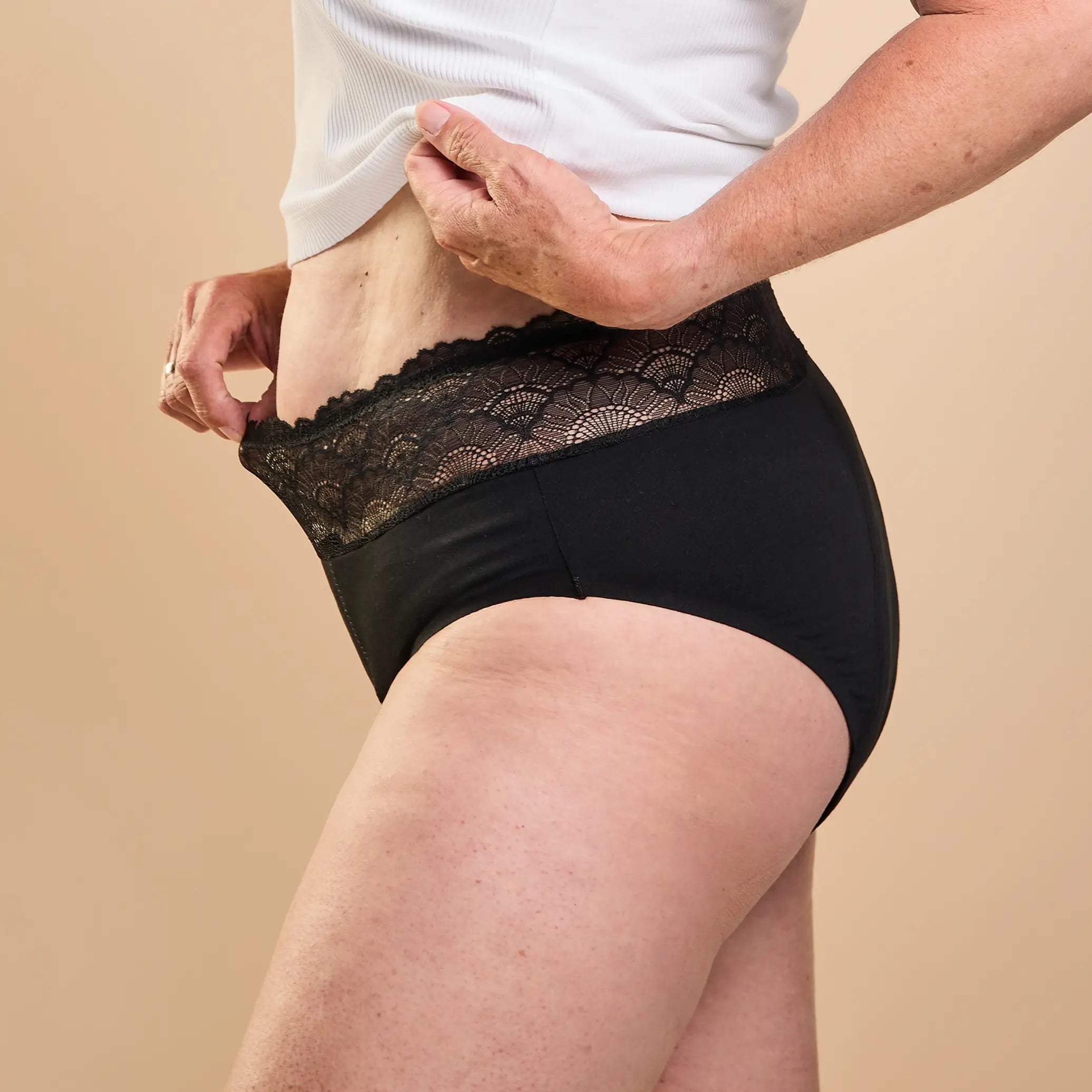Incontinence in young women: Causes and help
Incontinence in young women is an issue that is often underestimated and taboo. Many affected women suffer in silence from the uncontrolled loss of urine, which significantly impairs their quality of life. There are many causes, symptoms and treatment options to help young women. In order to improve their quality of life, it is important to talk openly about this intimate and important topic.
What is incontinence?
Incontinence is the uncontrolled loss of urine or stool. There are various forms of urinary incontinence, including stress incontinence, urge incontinence and mixed incontinence. Each form has different causes and requires specific treatment approaches.
In the case of stress incontinence is caused by involuntary loss of urine during physical exertion, such as coughing, sneezing or heavy lifting. This form often occurs in young women, particularly after pregnancy or during intensive sporting activity.
The urge incontinence on the other hand, is characterized by a sudden and strong urge to urinate, which often cannot be controlled in time. Those affected have to go to the toilet frequently and urgently, sometimes even at night.
The mixed incontinence is a combination of stress and urge incontinence. It combines symptoms of both forms and can be particularly stressful for young women.
Incontinence in young women can have various causes, including weakening of the pelvic floor muscles, hormonal changes or neurological disorders. An accurate diagnosis is important in order to initiate the right treatment and improve the quality of life of those affected.
Causes of incontinence in young women
Anatomical and physiological factors
In young women, anatomy and physiological changes play a special role when it comes to incontinence. The female pelvic floor is wider than the male pelvic floor and has to withstand considerable strain during pregnancy and childbirth. In addition, the pelvic floor softens in preparation for pregnancy to allow the baby to pass through. These strains can significantly weaken the pelvic floor muscles and therefore also lead to incontinence in young women. In addition, childbirth can lead to injury or overstretching of the pelvic floor muscles and the ligaments that support the bladder and urethra.
Sporting activities
Young, athletic women in particular can be affected by incontinence. Intensive training, especially in high-risk sports such as trampolining, long jumping or marathon running, can overload the pelvic floor and lead to uncontrolled urine leakage. These activities can increase intra-abdominal pressure, which in turn strains the pelvic floor muscles and, in the worst case, can weaken them. Weightlifting and other strength sports without targeted balancing and training of the pelvic floor muscles can also have similar effects and lead to incontinence in young women.
Other risk factors
Other factors that can contribute to incontinence in young women include obesity, genetic predisposition, hormonal changes and certain pelvic operations. Being overweight can increase the pressure on the bladder and pelvic floor, while hormonal changes, particularly the decrease in oestrogen, can weaken the muscles and tissue. Surgery in the pelvic area, such as hysterectomies, can also weaken and impair the nerves and muscles. One consequence of this can be incontinence in young women.
Symptoms of incontinence in young women
Incontinence in young women can manifest itself in many different ways. The most common symptoms are summarized below:
- Uncontrolled leakage of urineOccurs suddenly and unexpectedly or in certain situations such as when laughing, coughing or sneezing.
- Frequent urinationStrong, sudden urge to urinate that is difficult to control, often several times an hour.
- Feeling of incomplete emptying of the bladderConstant discomfort and the feeling of constantly having to go to the toilet.
- Nocturnal enuresis (nocturia)Interruption of sleep, leading to tiredness and fatigue.
- Pain or burning when urinatingMay indicate an infection or irritation of the urinary tract.
- Change in quality of lifeSocial isolation and loss of self-confidence due to fear of leaking urine in public.
These symptoms can have a significant impact on daily life. It is important to take them seriously and seek professional help to get the right diagnosis and treatment.
Diagnosis and treatment of incontinence in young women
Diagnosis
Incontinence is diagnosed through a thorough medical history and physical examination. The doctor will ask questions about symptoms, lifestyle and medical history. In some cases, additional tests are required to determine the exact cause of incontinence in young women - this includes, for example, a urodynamic examination or imaging procedures.
Treatment options
Pelvic floor exercises
One of the most effective methods of treating incontinence is targeted pelvic floor training. Special exercises can strengthen the pelvic floor muscles and improve bladder control. The special exercises and techniques are taught by physiotherapists, for example, and are tailored to the individual needs of those affected.
Behavioral therapy
Behavioral therapy measures such as targeted bladder training or lifestyle changes can also help to alleviate the symptoms of incontinence in young women. Targeted bladder training involves learning techniques to control the urge to urinate and to lengthen the intervals between visits to the toilet. Lifestyle changes include, for example, avoiding caffeinated drinks or reducing fluid intake before going to bed.
Medical and surgical interventions
In particularly severe cases of incontinence in young women, medical treatment or surgery may be necessary. Medication can be used to relax the bladder muscles and strengthen the urethra. Surgical options include procedures to strengthen the pelvic floor or support the urethra, such as the insertion of a sling band (TVT) or the injection of bulking agents. These interventions can significantly improve symptoms and increase the quality of life of those affected.
Incontinence in young women - prevention and self-help
Preventive measures
Preventive measures such as regular and targeted pelvic floor exercises and a healthy lifestyle can reduce the risk of incontinence in young women. Avoiding obesity and managing chronic diseases such as diabetes are also important. A balanced diet and regular physical activity can also help to strengthen the pelvic floor and thus reduce the risk of incontinence. In addition, proper intimate hygieneincluding the use of high-quality intimate razorsis an important aspect of well-being and the prevention of problems in the intimate area.
Support and advice
It is important that affected women do not feel ashamed and seek professional help. They can get this from physiotherapists, gynecologists and urologists, who offer correct diagnosis and individual treatment plans. Valuable support can also be found in self-help groups and online forums. Talking openly with friends and family can also help to reduce the stigma and receive support. In addition to medical help, regular personal hygiene also plays an important role in dealing with incontinence in order to feel comfortable and well cared for.
Breaking new ground: Tackling incontinence in young women
Incontinence in young women is a widespread but treatable problem. Through a combination of targeted pelvic floor training, behavioral therapy and medical interventions, many women can significantly improve their quality of life. It is important to talk openly about this issue and seek professional help if necessary. Those affected should be aware that they are not alone and that there are many effective treatment options for incontinence in young women.










